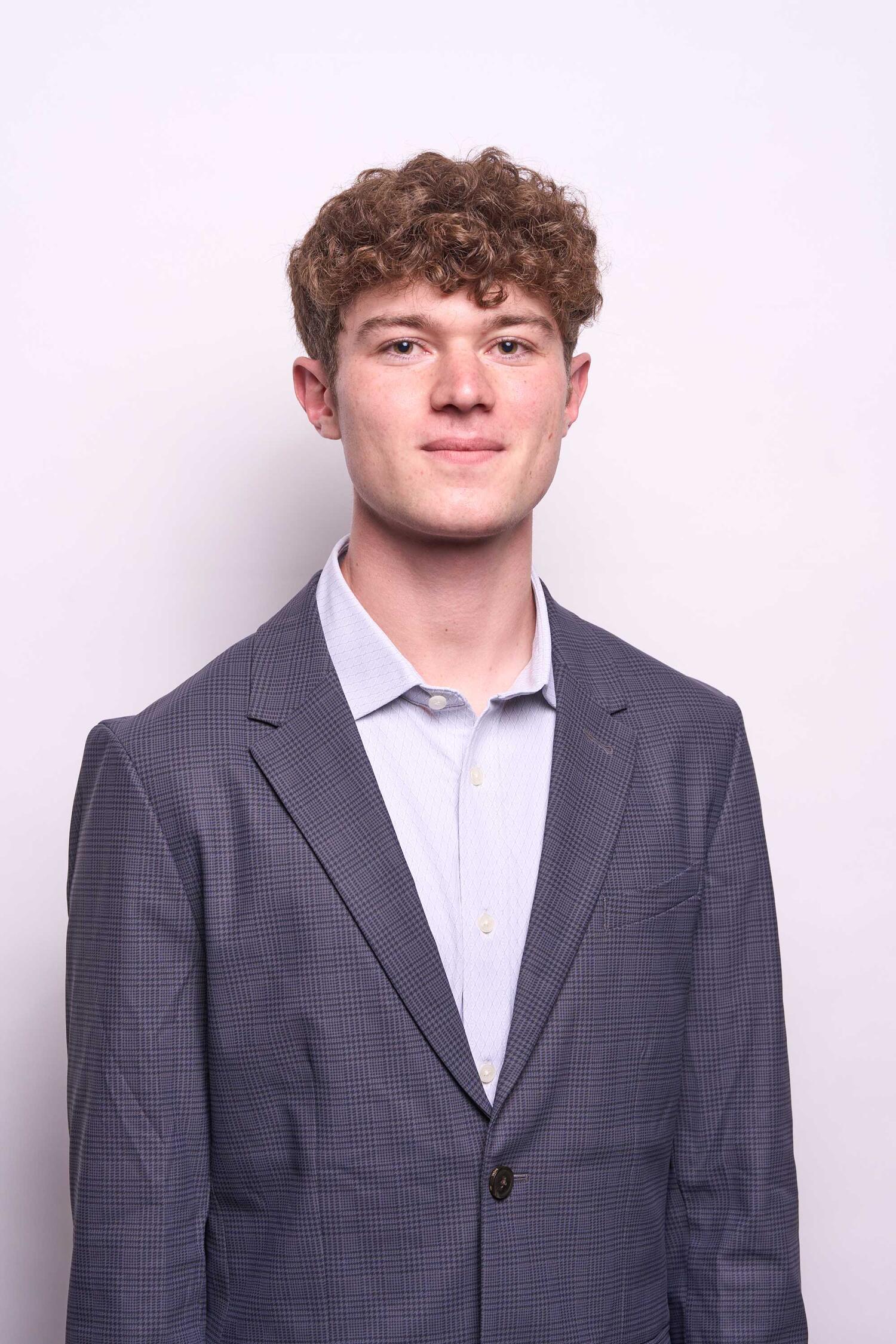

The broad, vast, and uncertain future of groundwater fascinates me—how a resource hidden beneath our feet can shape infrastructure, energy, and communities. Growing up in both Nevada and California, I’ve seen the profound impact that water scarcity on communities firsthand. This exposure sparked my interest in geohydrology and motivated me to delve into the science behind water management challenges.
What started as an interest soon became an investigation, as I conducted a science fair project on groundwater infiltration to better understand the formation of flash floods and how water permeates the soil in an alluvial fan below Boundary Peak, at the border of Nevada and California. I measured changes in groundwater infiltration rates using a homemade double-ring infiltrometer system and applied the data to a soil physics model to determine infiltration capacity through an arroyo's stream path and its correlation to soil composition and elevation.
Following that, I worked at the UC Irvine Subsurface Processes Lab conducting an independent research project guided by Professor Russell Detwiler investigating transport behavior of a dye tracer in sand and biochar-amended porous media, fitting real-world data to an advection-dispersion equation and in the process, designing and building a custom flow-through dye sensor to visualize and quantify solute transport and sorption.
Beyond the lab, I have sought to understand water issues from multiple perspectives. In high school, I wrote articles for small-town papers investigating over-extraction of water resources in several small towns across Nevada and California’s unique basin-and-range topography. I interviewed Eureka County’s natural resource manager, a University of Nevada Agricultural scientist, and Diamond Valley alfalfa farmers, combed through Nevada’s water law archives, and attended an Inyo County Water Commission meeting on mitigation projects for the environmental impacts of the Los Angeles Aqueduct. I wrote about these subjects and their impacts in rural Nevada and California newspapers, hoping to inform both myself and surrounding communities on such issues while understanding the unique perspectives of the various stakeholders in managing such a scarce and precious commodity.
I’m motivated to continue to learn more about the science and engineering driving groundwater management and how I can contribute to this critical issue. With 55% of Texas’ water needs sourced from groundwater, water scarcity, an issue I deeply care about, is not unique to where I come from, but bringing the experiences I’ve lived—and learning about ones I haven’t—I foresee myself solving problems related to water management
Beyond just looking down beneath us at groundwater, I am also looking ahead; the industry applications of groundwater are wide-ranging, from mining critical minerals like copper and lithium necessary for the energy transition, to ensuring contamination from brownfield sites and spent nuclear waste doesn't infiltrate drinking water. Groundwater also plays a crucial role in cooling the generators powering an energy grid recently faced with surging demand from data centers, driven by the unprecedented growth of AI. I’m additionally interested in the applications of drilling and fracking technology, principles used primarily in the oil industry, to leverage groundwater as a tool to drive the future of geothermal energy.
I want to study engineering and geosciences to equip myself with the logistical and technological skills to develop and maintain sustainable and resilient infrastructure, particularly in water-scarce regions. Being Forty Acres Scholar, I am able to be at UT and develop the technical skills which can inform me on the policy and logistics which drive infrastructural development and vice versa, thus enabling me to help in facing pressing water issues impacting communities and industries across the United States.
Major
Geosystems Engineering
Other Academic Interests
Hoping to minor in Energy Management and Hydrology, interested in public policy and ethics.
What drew you to the Forty Acres Scholars Program?
The sense of community that I feel being part of the Forty Acres program, with my fellow scholars, was the biggest draw to the program for me. During finalist weekend, I had the opportunity to connect with a pool of some of the most talented people in Texas, some of which currently constitute the 2029 cohort. It was then that I learned through experience what the core tenants of the program—discovery, community, and connection—were. From going to school events together to seeing each other across campus, I am so grateful for the friends I’ve made through FASP.
Beyond just our cohort, the Forty Acres program connects me to an even larger group of kind, supportive people; Leah Kegerreis, a former scholar who graduated this past year, showed me around the Jackson School of Geosciences during my finalist weekend and taught me so much about the programs and opportunities they offer, something I’m incredibly grateful for. This feeling of guidance is something that has been repeated and amplified during my time as a Forty Acres Scholar. Behind the scenes, Whitney, Megan, and Riley, the amazing people who facilitate the Forty Acres Scholars Program, also provide such great support and reinforce our community. It is an amazing feeling to know I have the support to help achieve big things while being there for my fellow scholars. Each scholar is so passionate, driven, and dedicated; being among the people that constitute FASP has definitely been my favorite part of the program.